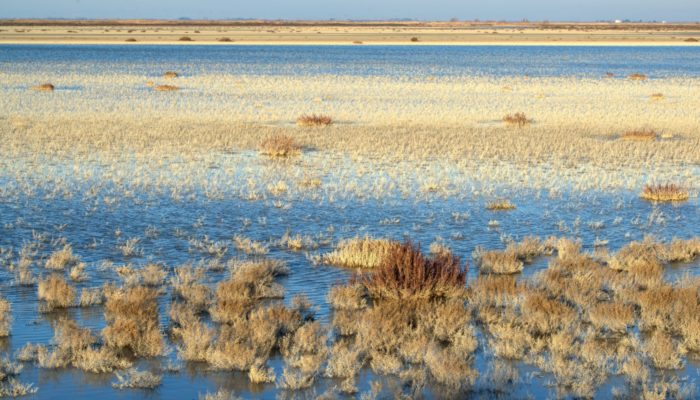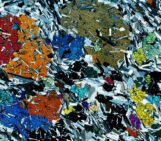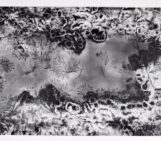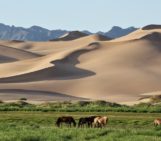
In the past, humans considered wetlands as morbid environments where it was difficult, if not impossible, to live. Wetlands, instead, are vital to the health of wildlife and humans, as the Ramsar convention stated in 1971. Wetlands regulate the water flow, buffering droughts as well as floods, and also contribute to the provision of clean water. In addition to water flow regulations and to the provision of habitat for thousands of species, including hundreds of species of migrant birds, the ability to recycle nutrients is maybe the most amazing among the important ecosystem functions provided by wetlands, so much that they have been called “the kidneys of the planet”.
The role of chemical and biological cycling of nutrients, trace elements and toxic chemicals, as well as the role of carbon sequestration, water purification and primary productivity needs to be studied in depth by a multidisciplinary scientific community.
Wetlands will reveal to be extremely surprising as well as beautiful, as can be seen in this picture, shot in Camargue, in France, on a freezing and windy winter day.
Description by Elisa Palazzi, from imaggeo.egu.eu.
Imaggeo is the EGU’s online open access geosciences image repository. All geoscientists (and others) can submit their photographs and videos to this repository and, since it is open access, these images can be used for free by scientists for their presentations or publications, by educators and the general public, and some images can even be used freely for commercial purposes. Photographers also retain full rights of use, as Imaggeo images are licensed and distributed by the EGU under a Creative Commons licence. Submit your photos at http://imaggeo.egu.eu/upload/.




